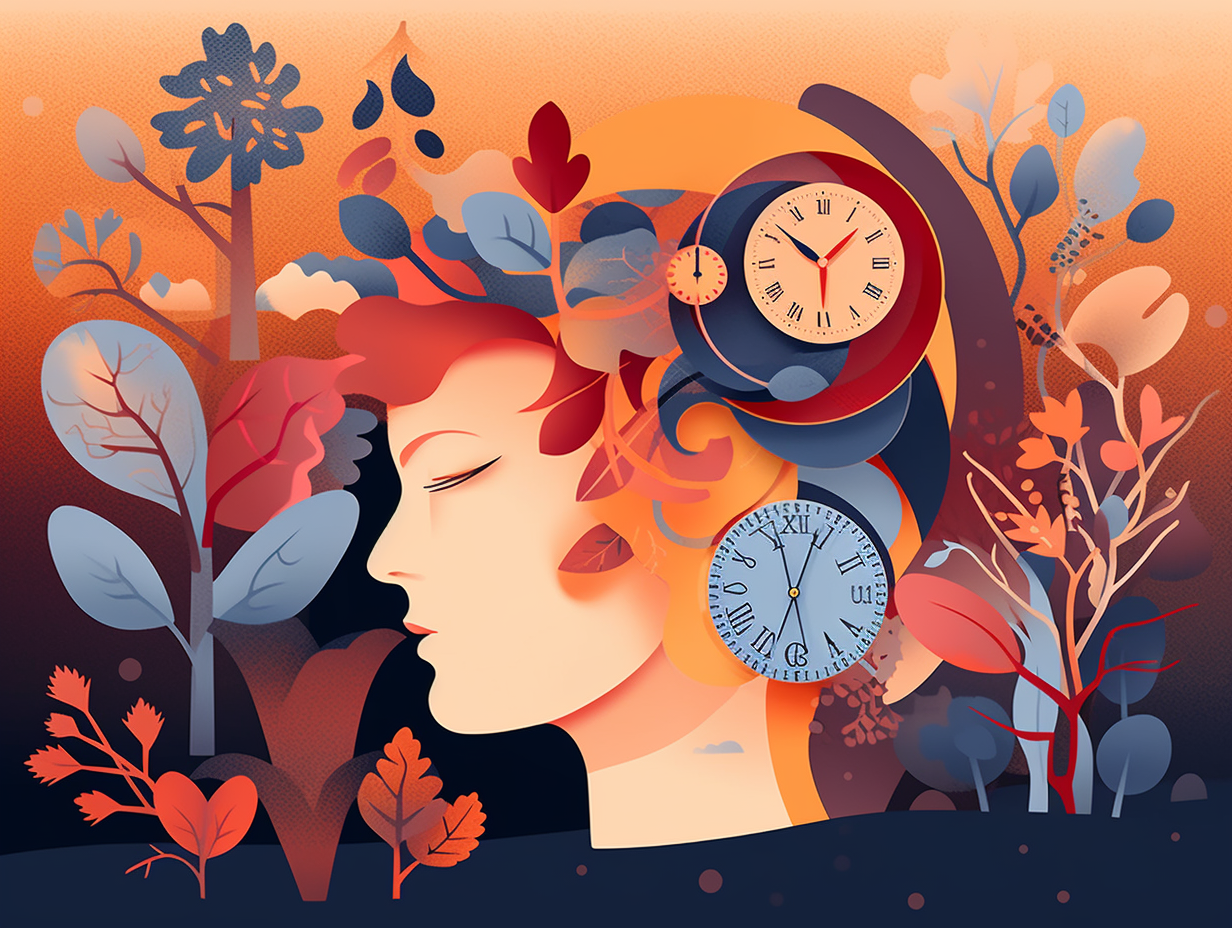Unlocking the Brain's Secrets: Top 10 Amazing Fun Facts About the Cerebellum

1. Cerebellum: The Brain's Wallflower Dancer
If the brain were a nightclub, the cerebellum would be the wallflower who secretly knows how to bust a move: It contains over 50% of the total number of neurons in the brain while only making up approximately 10% of the brain's volume, and it's responsible for functions like maintaining balance, coordinating voluntary movements, and mastering the art of motor learning.
Source => nba.uth.tmc.edu
2. Little Maestro of Motor Skills
Ever heard of the brain's little maestro that plays a symphony with your motor skills? Well, let us introduce you to the unsung hero of our cranium: The cerebellum, located at the base of the skull, is responsible for coordinating movements, balance, posture, and fine motor control, while modestly housing over half of the brain's neurons, despite its petite size compared to its cerebral counterparts.
Source => etymonline.com

Did you know your brain cells have a sweet tooth? They run on sugar and consume 20% of your body's energy supply! Discover more about these fascinating neurons and their glucose cravings.
=> Fun Facts about The-Brain
3. Master of Neuronal Decluttering
Step aside, Marie Kondo: the cerebellum is the true master of decluttering and organization! This petite brain region may be small, but it's brimming with an abundance of neatly arranged neurons: Despite occupying a mere 10% of the brain's volume, the cerebellum houses over half of the neurons found in the entire brain.
Source => nba.uth.tmc.edu
4. Multitasking Octopus on Caffeine
Who knew the cerebellum was the brain's own Swiss Army knife, equipped to juggle tasks like a multitasking octopus on caffeine! That's right, folks: This multitasking powerhouse, besides helping us walk and chew gum simultaneously, also plays a role in cognitive and emotional functions, as it's linked with perception of emotionally significant content and brain areas containing mood regulating neurotransmitters.
Source => ncbi.nlm.nih.gov

5. Batman Without Robin: Cerebellar Agenesis
Picture this: a brain bouncing through life without the help of its trusty sidekick, the cerebellum – it's like Batman without Robin, Sherlock without Watson, macaroni without cheese! Here's the serious reveal: cerebellar agenesis is an incredibly rare condition in which individuals are born without a cerebellum, leading to significant developmental, linguistic, and neurological challenges – but surprisingly, not a complete inability to move or function. Talk about brainpower!
Source => en.wikipedia.org
6. Ballet Dancers: Cerebellum Superheroes
Did you hear about the ballet dancers who moonlight as cerebellum superheroes? They boast larger and smaller volumes of gray matter in their cerebellum compared to non-dancers. Strutting their stuff: a scientific study reveals how the coordination of movement and balance, powered by the cerebellum, enables dancers to execute complex routines with the grace and poise of a superhero.
Source => ncbi.nlm.nih.gov
7. Teen Prodigy of Brains: Language and Emotion
Who knew the cerebellum was an overachiever in adolescence and secretly a linguistic genius? It's the true teen prodigy of our brains, flaunting its linguistic skills and emotional intelligence like a Shakespeare-spouting superhero: In fact, the cerebellum not only helps with motor control but also takes part in higher cognitive functions like language processing and emotion regulation. To top it all off, its volume peaks in early adolescent years - around 11.8 years for females and 15.6 years for males, before declining in later adolescence.
Source => ncbi.nlm.nih.gov
8. Where's Half the Neurons? Hide and Seek Champion
Don't be fooled by its petite stature, the cerebellum is the true unsung hero of our noggins, playing a perfectly choreographed game of "Where's half the neurons?" with style and grace: This tiny but mighty brain region, wrapping up roughly 10% of the brain's volume, holds a whopping 50% of the brain's neurons, making it the maestro behind our fine-tuned movements, balance, and overall physical coordination.
Source => ncbi.nlm.nih.gov
9. Swimming in Circles: Cerebellum Navigation
Ever felt like you're always swimming in circles, chasing your own tail like a whack-a-mole? Thank your cerebellum for that marvelous ability: This brain region not only fine-tunes muscle coordination, but also seamlessly processes visual and vestibular signals to help you chase after visible goals and navigate mazes like a boss, though a bump in the midline cerebellar area could throw you off course.
Source => sciencedirect.com

10. Stock Market Genius: Master of Motor Adaptation
If the cerebellum played the stock market, it'd be the genius investor that mastered the art of buying low and selling high: this brain region is responsible for fine-tuning our motor skills by processing sensory prediction errors, correcting our movements, and helping us adapt our actions, all thanks to the unique firing pattern of Purkinje cells.
Source => ncbi.nlm.nih.gov
Related Fun Facts




















